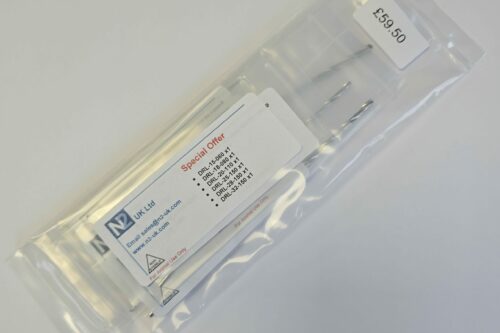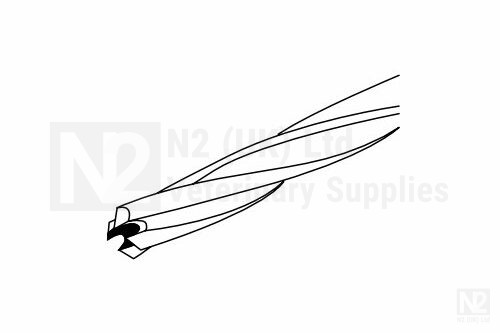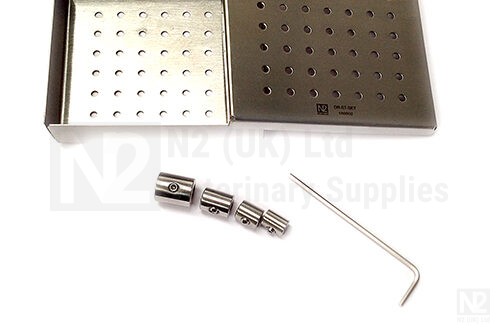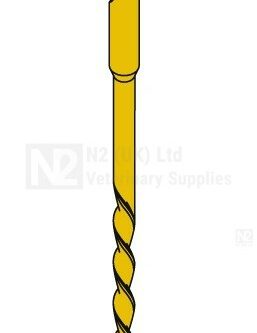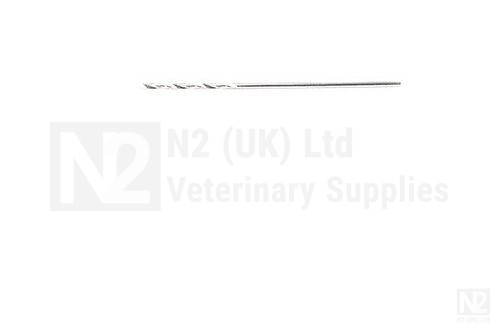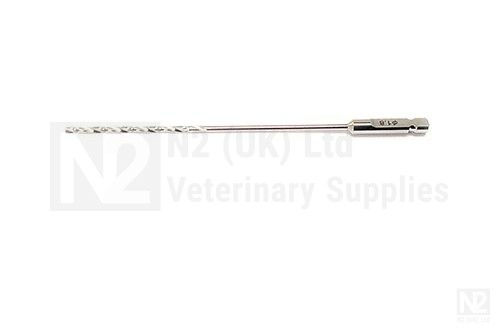The drilling of bone is ubiquitous in many fields of surgery including opthopaedics, neurosurgery, craniomaxillofacial and ear nose and throat (ENT). A cylindrical tunnel is typically prepared in bone using a surgical drill-bit to accommodate a screw or other threaded device for rigid fixation which is provided by the integration of bone (cancellous and/or cortical) with the screw threads. In this configuration bone screws are resistant to axial and shear forces as well as bending moments and therefore suited to the load-bearing function of the skeleton during locomotion.
Spend £250 to qualify for free next day shipping



